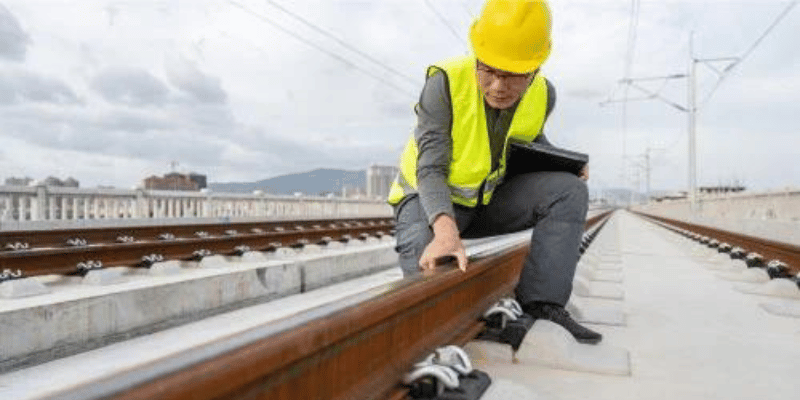Redefining Rail Inspection with AI-Based Computer Vision
This article first appeared on Insight.Tech website Railroads are the connective tissue of our world’s infrastructure. But despite their critical role in global transportation and supply chains, most railroad track maintenance begins with a human inspector. To identify damaged rail ties and tracks, human inspectors walk or drive miles of railroad every day looking for inconsistencies. The total time and cost required to manually inspect just the United States’ 160,000 miles of track is unquantifiable, and since humans conduct the inspections, it’s also inherently error prone. Recent advancements in computer vision (CV) have opened new opportunities to automate railroad inspection, significantly reducing costs and improving accuracy in the process. But railroads present unique challenges for CV systems that range from high variability in the deployment environment to a safety-critical industry’s preference for trusted solutions. That’s why organizations like Ignitarium, a product engineering company, are reinventing CV using AI technology to address pain points and reduce the need for human track inspection. Overcoming Challenges in Infrastructure Inspection with AI-Based CV Unlike controlled indoor environments where CV systems have a proven track record, railroads present a wide range of lighting conditions, weather variations, and other unpredictable factors. These variables can significantly impact the performance and accuracy of CV systems. 























